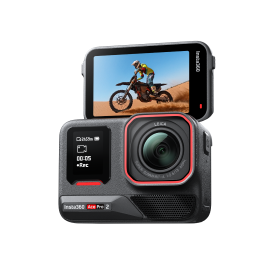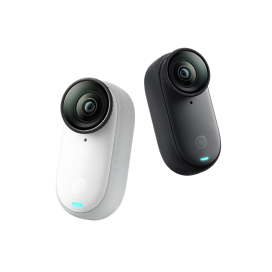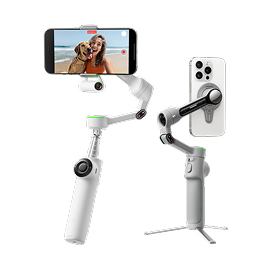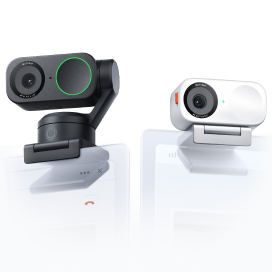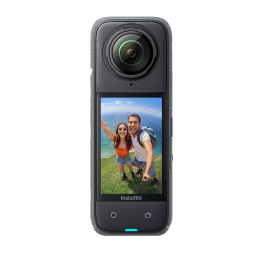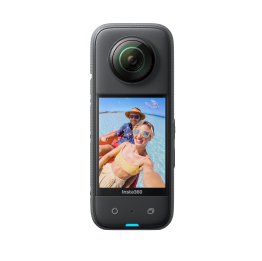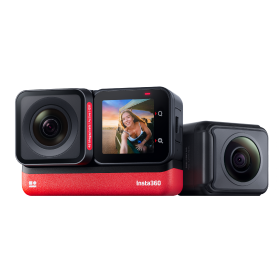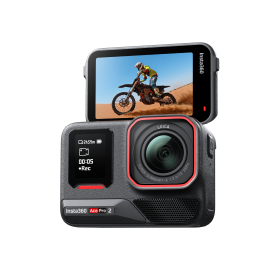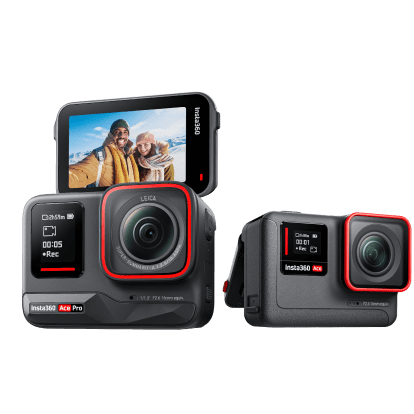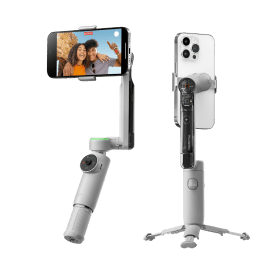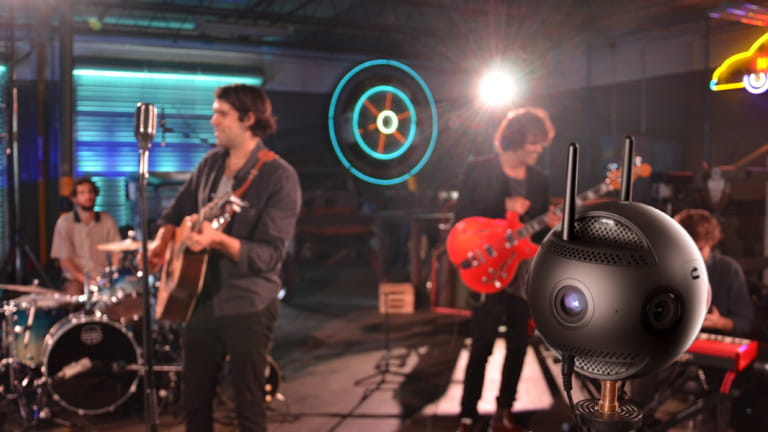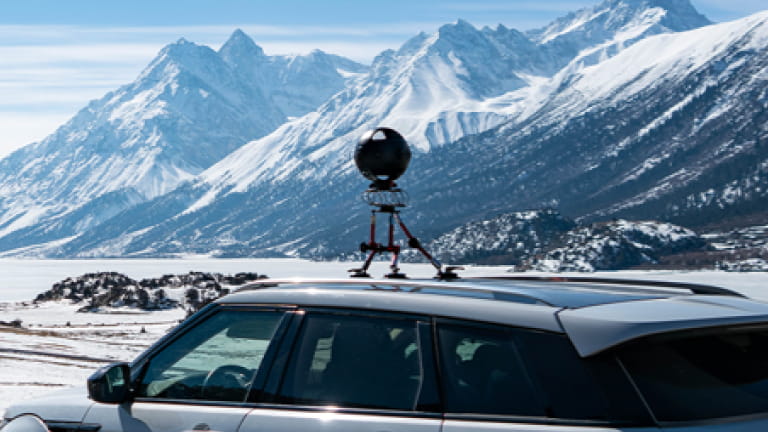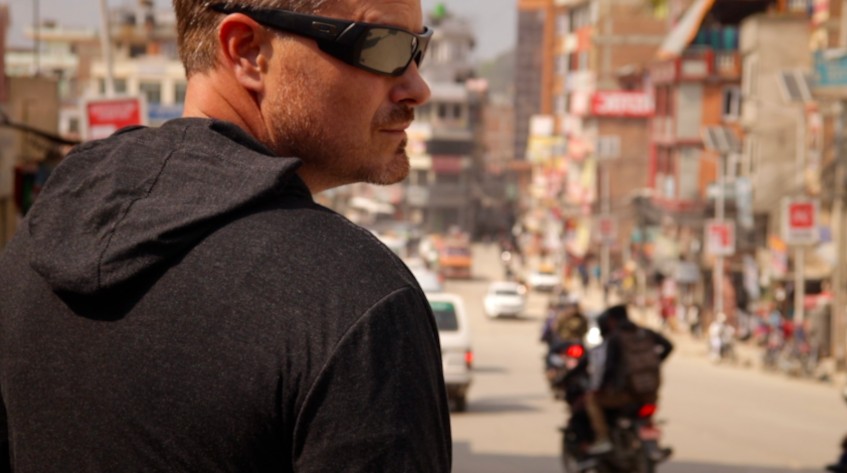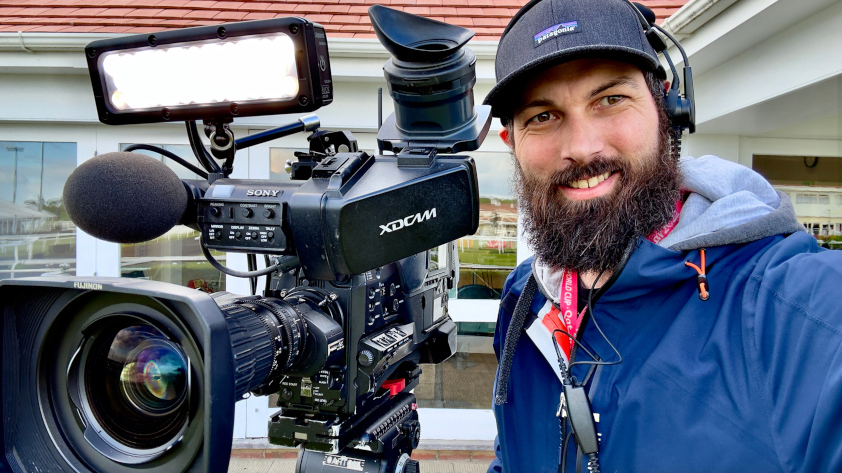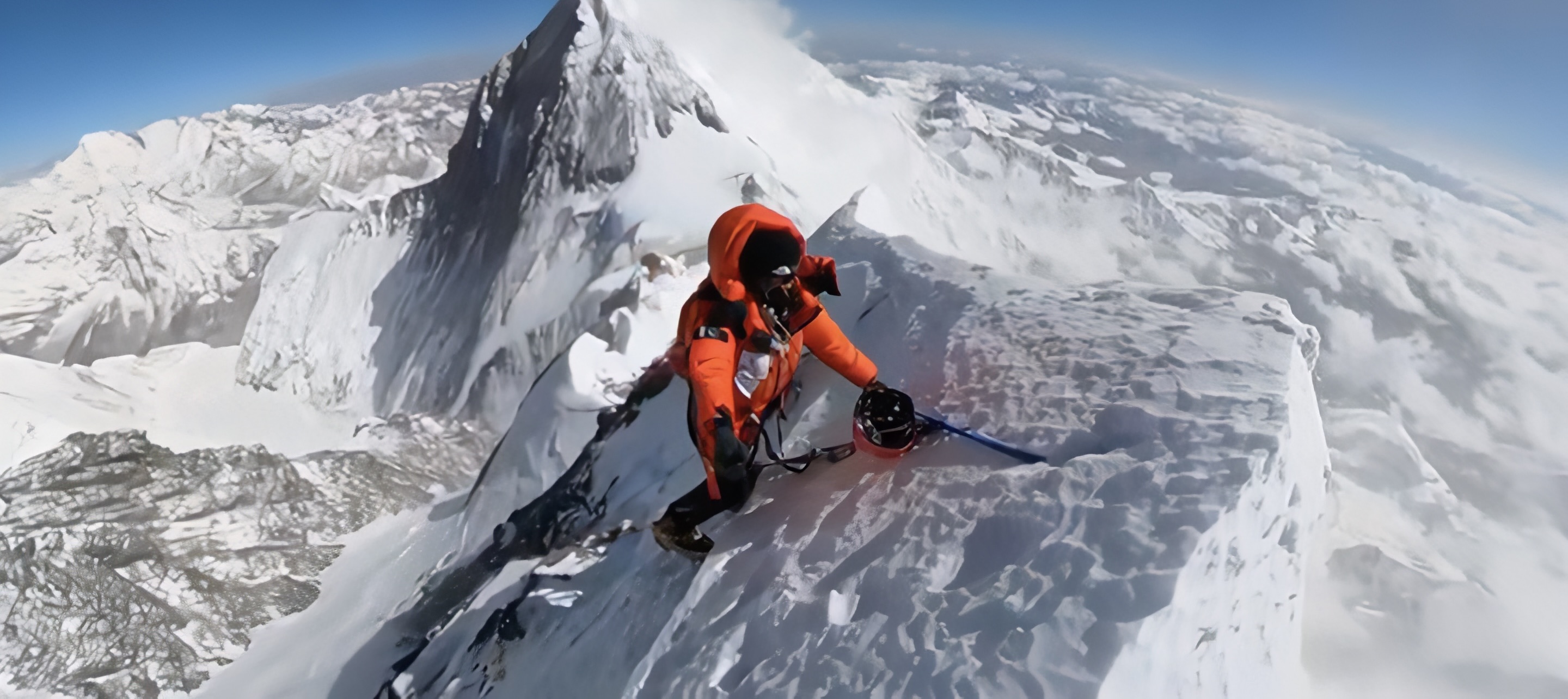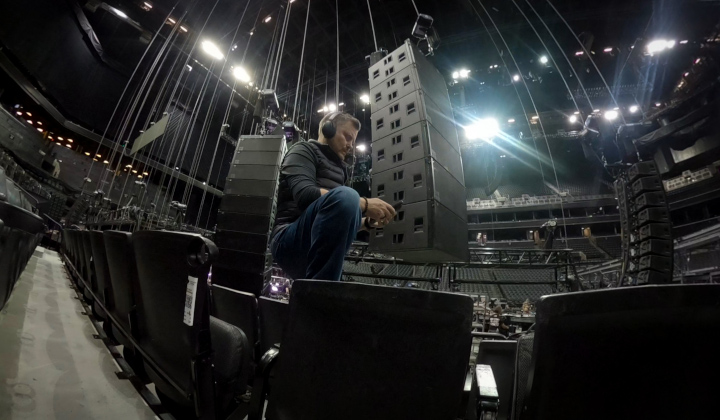
The modern security industry is less James Bond and more Mr. Bean. So says Insta360 brand ambassador Paul Kemppainen, who goes by “IX” (pronounced “nine,” inspired by a military callsign).
IX has made a career out of protecting national treasures – be they people, places, or things. Starting his career as a naval officer who worked with the Navy SEALs, he went on to serve in the U.S. Secret Service, as the head of security and intelligence for the National Park Service (think Statue of Liberty and other treasures like the gun that shot Lincoln), and, most recently, as a pioneer of SpaceX’s in-house security organization.
After 8 years at SpaceX, IX decided to strike out on his own and open SISU Enlightened Protection, a Las Vegas-based security provider that specializes in ensuring the safety of high-profile clientele (think headlining Vegas DJ’s) and large, complex events.
The problem that motivated IX to start his own company is that, according to him, the security industry has been stuck in a rut for decades.
“Security eats into a company’s bottom line”
“The private sector is counter-intuitively underdeveloped in the security world,” IX said. “Why? Security eats into a company’s bottom line. Every dollar spent on security is one that could have been spent elsewhere to push a company forward. Security is rarely if ever a primary mission -- as opposed to the government."
For example, IX said that the tools and techniques security professionals use to survey a space before a sensitive event — haven’t seen innovation in decades.
SISU is focused on changing this. Among the tools IX uses to bring this change are compact, ultra-stabilized action cameras like the Insta360 GO 3 and Insta360 X3.
We chatted with IX about how he uses Insta360 cameras to make his clients safer and what he learned from 8 years protecting Elon Musk’s mission to put people on Mars.
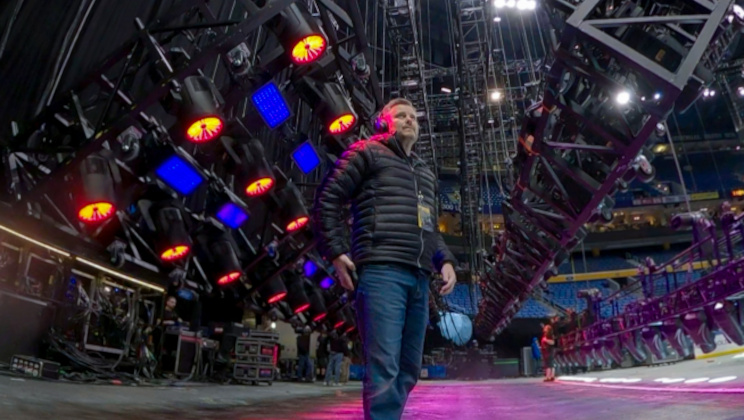
1. What led you into the security industry?
My dad introduced me to the James Bond films as a child. The time we spent watching them together left an indelible mark and a deep-rooted interest in adventure and protecting people, places, and things.
2. How did you make the jump from government roles to heading up the security team at SpaceX?
Public Service Announcement: In life, take bold and unthinkable risks.
In 2013, I applied to be an astronaut - even though I didn’t have a realistic chance of getting selected (I lack a STEM degree). I didn’t apply online. I tracked down NASA’s lead recruiter instead, called her, introduced myself, and sent along a personal letter, a photo, and a resume.
I was ultimately rejected. But not long after that, I used the rejection letter NASA sent (which they don’t customarily send to online applicants) to land a job at SpaceX.
3. Tell us what SISU is about. You call what you offer “protection 2.0”. What do you mean by that? What forces are driving change in the protection industry and how do practitioners need to adapt?
I built the security program at Elon Musk’s rocket company SpaceX largely from scratch over the course of the previous decade — helping protect everything from engineering and manufacturing, to launch, to private astronauts. I learned a ridiculous amount from that experience and from Elon himself that I’m applying in the “security” (I prefer the descriptor “protection”) and entrepreneurial worlds.
By way of analogy, SpaceX and its operations are representative of “Rocketry 2.0”. The company reimagined the way humans access space and sprinted far ahead of an industry that had been stalled for decades. It focused on first principles and leaned into advancements in engineering and manufacturing when it set about changing the game. Years later, things that were once science fiction, like landing rockets, flying everyday people to space, and accessing the internet regardless of where you are on the planet are now commonplace.
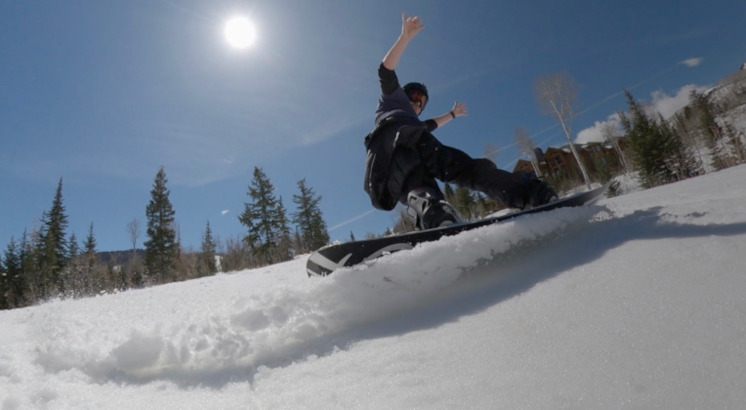
I left SpaceX in late 2021, moved to Las Vegas, Nevada, and opened my company SISU Enlightened Protection to do something similar - focusing on first principles, integrating advancements from differing fields (including technologies like Insta360’s) and reimagining the way protection works.
I see Insta360 doing something similar - questioning the status quo (thinking bold) and leaning into innovation. Each new product and each new feature release is fascinating to follow. I’ve spent countless hours watching YouTube and content creators - many of whom use Insta360’s products to do novel and mind-bending things. I naturally look at the world through a protective lens and ask myself how I can do something similar to advance the protection of people, places, and things.
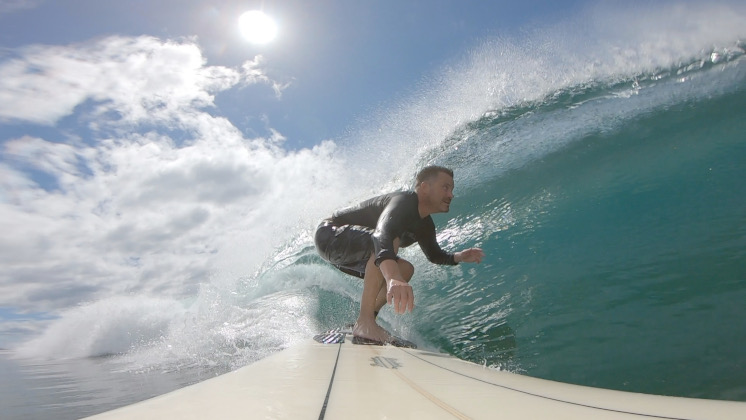
4. How did you discover Insta360 cams and how do you apply them in your security work?
I fell in love with small form factor cameras while working at the CIA (think spy cameras, we’ll leave the specifics for another time). I discovered GoPros at about the same time and started using them while surfing and snowboarding and anywhere else I could to capture interesting footage. They were clunky and the imagery was poor - but they had tremendous promise.
Fast forward a number of years, I discovered the ultra-compact Insta360 GO during a trip to Mount Everest. Its size and its capabilities were alluring. I’ll admit I lost a few GO cameras on the slopes in the early days — the magnet now has considerably(!) improved — but I immediately saw its potential for groundbreaking protective work. And I felt the same when the X3 was released a couple years later.
I now continue to use small-form factor cameras in the security world in ways I can speak about much more freely. My team makes heavy use of both “flat” and 360 footage and imagery for “advance work” — the industry term for the reconnaissance and planning work we do at a venue prior to protecting providing security for an event.
"I can map out a facility in advance of an artist’s performance or a major event, immediately have those files available in my pocket, and then scale those capabilities up across a team. That’s powerful stuff."
Here’s a real-life workflow that’s possible with an Insta360 GO 3 or X3: I can pull out my phone, and with a few taps, show one of my team members the artist’s loft at Wrigley Field and how you’d make your way to the stage, easily pointing out emergency exits and resources along the way.
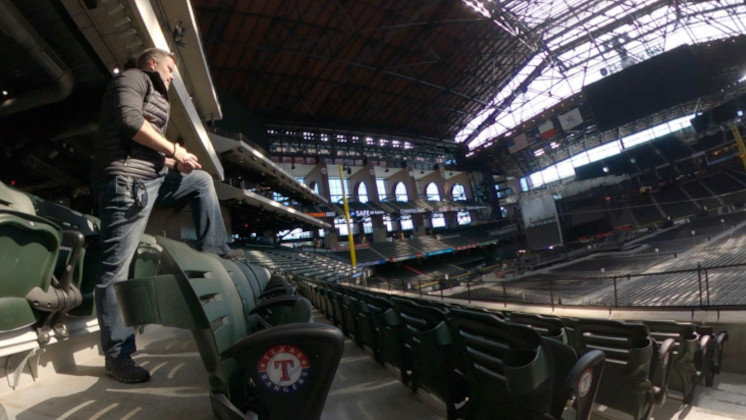
5. What did you do during your time overseeing security and intelligence for the National Park Service? Many people aren’t familiar with the security challenges that face that agency.
The National Park Service’s (NPS’) inventory is incredibly vast and meaning-rich. Most things that symbolize America fall under its purview. It’s not widely known that the White House is actually NPS property.
I touched a number of complex things while with the NPS - from southern border issues (a huge swath of the southern border is under their stewardship) to terrorist threats, to our national monuments and icons.
One of the most complex things I helped the organization navigate was the Boston Marathon bombings. A somewhat surprising fact that’s often lost in the larger story about that tragedy: Much of the area surrounding the finish line is Park Service property. It had to be evacuated, methodically searched, and re-opened - something incredibly complex that had never been done before.
The Park Service is pretty extraordinary. I’m humbled to have worn a Ranger’s hat in my career.
6. Do you have any tips or techniques you use to stay energized and optimistic when your day-to-day focus deals with humanity's darker side?
Deep-rooted in me — no doubt from watching the Bond films with my dad as a young child — is a passion for serving, empowering, and focusing on the darkness so others can focus on the light.
Over time, I’ve seen some particularly dark things pursuant to that personal mission — from working search-and-rescue missions for downed commercial aircraft to encountering a serial killer in the wild, to working terrorist attacks like the Boston Marathon bombings. Along the way, I’ve lost some treasured teammates too.
It might be my stoic Finnish roots - but thankfully I’ve not been scarred (I hope) by what I’ve seen and experienced. If I had to guess, I naturally focused on the adventurous aspects of it all and service beyond self.
I’d also say my continued love of the outdoors and adventure, and passions like playing blues harmonica with my band Protecting Elvis — along with my kick-ass friends and family — have helped me strike a healthy balance.
7. Looking ahead, what are the technical gaps that still remain in the security/protection industry, and how do you foresee yourself using Insta360 cams to fill them?
The protection industry is primed for innovation. A holy grail for me would be a portable case of Insta360 products my team and I could deploy quickly and use to privately stream video - of people and fixed infrastructure. Think real time situational awareness for fluid, impromptu events. The potential applications would be limitless.
Keen to keep up to date on Insta360 stories? Keep an eye on our blog and sign up for our mailing list.

